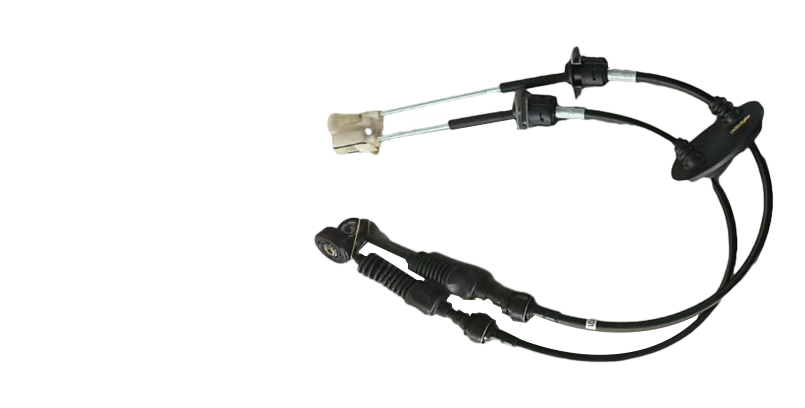clutch line to slave cylinder
The Importance of the Clutch Line to Slave Cylinder in Automotive Systems
In the realm of automotive engineering, the clutch system plays a pivotal role in the effective functioning of a vehicle's transmission. The clutch allows for the precise control of power transfer between the engine and the drivetrain, permitting smooth gear changes and optimal performance. Among the critical components of this system are the clutch line and the slave cylinder, which work collectively to ensure that the clutch operates efficiently.
Understanding the Components
To appreciate the significance of the clutch line to the slave cylinder, it is essential to understand what each component does. The clutch line is a hydraulic line that transports fluid from the master cylinder to the slave cylinder. This hydraulic fluid acts as a medium through which force is transmitted, allowing the driver to engage or disengage the clutch without the need for mechanical linkages, which can be cumbersome and less efficient.
The slave cylinder, on the other hand, is a hydraulic actuator located near the transmission. When the driver depresses the clutch pedal, the master cylinder generates hydraulic pressure that is sent through the clutch line to the slave cylinder. This pressure forces the slave cylinder piston to move, which in turn disengages the clutch by moving the pressure plate away from the clutch disc. This action momentarily disconnects the engine's power to the wheels, enabling the driver to shift gears seamlessly.
The Functionality of the System
The clutch line and slave cylinder assembly is crucial in maintaining the performance and reliability of a vehicle. The hydraulic system provides a significant advantage over traditional cable-operated clutches by offering smoother operation and reduced pedal effort. This hydraulic system is particularly beneficial in high-performance cars where precise control over the clutch engagement is paramount.
clutch line to slave cylinder

One important aspect of this system is its susceptibility to wear and tear. Over time, the clutch line can develop leaks or blockages, which can compromise the hydraulic pressure required for effective clutch operation. Similarly, the slave cylinder can fail due to internal seal degradation or corrosion, leading to clutch disengagement issues. Regular maintenance checks are essential to ensure that these components remain in good condition and to prevent unforeseen failures on the road.
Signs of Trouble
When things go awry in the clutch line or slave cylinder, drivers may experience various warning signs. Common indicators of a problem include a spongy or unresponsive clutch pedal, difficulty in shifting gears, or unusual noises when engaging the clutch. If any of these symptoms occur, it is crucial to inspect the hydraulic system promptly. Ignoring these signs can lead to inadequate clutch engagement, which may result in further damage to the transmission or even complete drivability issues.
The Importance of Quality Components
Given the critical nature of the clutch line and slave cylinder in a vehicle's performance, choosing high-quality components is essential. Using inferior parts can lead to premature failures, safety risks, and costly repairs. Automobile manufacturers and aftermarket suppliers provide various options, including OEM parts that meet stringent quality standards. Investing in reliable components ensures the longevity and efficiency of the entire clutch system.
Conclusion
The clutch line to slave cylinder assembly is a fundamental aspect of modern automotive design. Its hydraulic mechanism revolutionizes the way we control power transfer in vehicles, allowing for smoother and more efficient driving experiences. Understanding the functionality, signs of wear, and the importance of quality components can help drivers maintain their vehicles better and enhance their overall driving experience. Regular maintenance and timely inspections of the clutch system, focusing on the clutch line and slave cylinder, are vital practices every vehicle owner should prioritize to ensure safe and reliable vehicle operation.
-
Workings of Clutch Pipe and Hose SystemsNewsJun.04,2025
-
The Inner Workings of Hand Brake Cable SystemsNewsJun.04,2025
-
The Secrets of Throttle and Accelerator CablesNewsJun.04,2025
-
The Hidden Lifeline of Your Transmission Gear Shift CablesNewsJun.04,2025
-
Demystifying Gear Cables and Shift LinkagesNewsJun.04,2025
-
Decoding Clutch Line Systems A Comprehensive GuideNewsJun.04,2025
